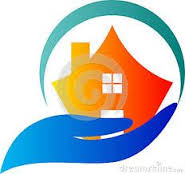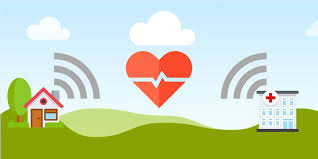Nuance Audio is a new option for people who resist traditional aids, from the company that makes Ray-Bans and operates LensCrafters.
Seekers of Meaning Podcast Posted Online March 7, 2025
What's Next Longevity Deal Talk Episode 32, January, 2025
Presentation: What's Next Longevity Venture Summit, June, 2025

 An optimistic view of home care’s future as seen from 2012. Several times in the past decade, interviews were conducted with experts that lead to some reports about the home care industry. This chart came from a report, The
An optimistic view of home care’s future as seen from 2012. Several times in the past decade, interviews were conducted with experts that lead to some reports about the home care industry. This chart came from a report, The  Sensor technology is increasingly useful in the care of older adults. As part of the research into the
Sensor technology is increasingly useful in the care of older adults. As part of the research into the  A well-known consulting firm assesses the growing care gap.
A well-known consulting firm assesses the growing care gap.  This was conceived by Andrea Cohen, Founder and Vice-Chair of HouseWorks, a home care company started in Boston. Andrea noted, "When employed to its fullest, remote care technology improves every aspect of how care is delivered in the home. Imagine what's possible when every stakeholder wins." The vision: Change the work process to produce Engaged Caregivers, a Connected Care Team, and Informed Families. Why does this matter now? The home care industry is enormously challenged today --
This was conceived by Andrea Cohen, Founder and Vice-Chair of HouseWorks, a home care company started in Boston. Andrea noted, "When employed to its fullest, remote care technology improves every aspect of how care is delivered in the home. Imagine what's possible when every stakeholder wins." The vision: Change the work process to produce Engaged Caregivers, a Connected Care Team, and Informed Families. Why does this matter now? The home care industry is enormously challenged today --